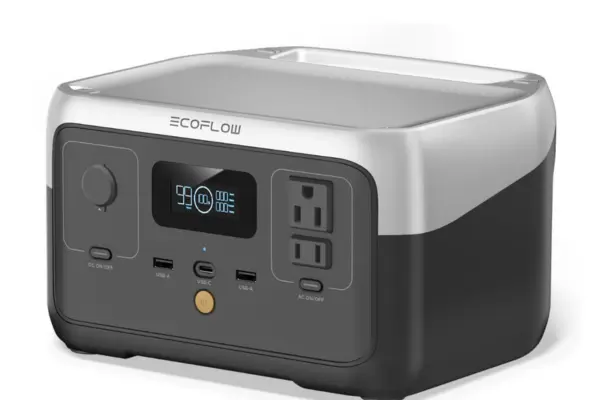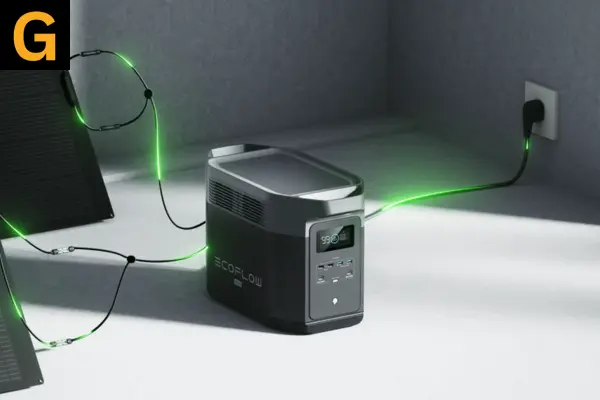What is the 30% Solar Tax Credit and How Do You Apply?
Overview
Using solar power is environmentally friendly as well as having great financial benefits. One of them is the Federal Solar Tax Credit, a great benefit for homeowners to have solar systems installed. In this article, we will discuss the 30% solar tax credit, how it works, qualifications, and how to apply, so you are well-informed to make a knowledgeable decision.
What Is a Tax Credit?
A tax credit is actually a reduction of the amount you owe the government in taxes. Unlike deductions, which reduce your tax bill by reducing your taxable income, tax credits reduce your tax bill dollar for dollar.
For instance, you have $5,000 in taxes you owe and are eligible for a tax credit of $1,000. Your tax bill now reduces to $4,000. This arrangement makes tax credits especially beneficial to taxpayers.

How Does the 30% Solar Tax Credit Work?
The Residential Clean Energy Credit or the Federal Solar Tax Credit qualifies homeowners to be paid 30% of the cost of a solar energy system installation by their federal tax. This may be 30% of the system or 30% of the installation.
Notice that this is a non-refundable credit, so it can reduce your tax bill to zero, but an excess amount won’t result in a refund. Unused credits, however, can be rolled over to subsequent years.
Here is a table explaining how the tax credit works:
| System Cost | 30% Credit | Decreased Tax Liability |
| $10,000 | $3,000 | Saves taxes by $3,000 |
| $20,000 | $6,000 | Saves taxes by $6,000 |
| $30,000 | $9,000 | Saves taxes by $9,000 |
This reduces the installation price of solar energy and makes it accessible to homeowners.
Eligibility for the Residential Clean Energy Credit has some specifications. Below is the breakdown:
| Eligibility Criteria | Details |
| Property Ownership | Must own the home where the solar system will be installed. |
| Primary Residence | The home must be your primary residence in the United States. |
| New Equipment | The solar energy system must be new and not second-hand. |
| Installation Date | Must be put into service in the tax year you’re claiming the credit for. |
| Compliance with Local Codes | Must comply with all applicable local building and electrical codes. |
Although your system is part of an off-grid solar system, you are still eligible for the tax credit if it meets the requirements.
What Kind of Solar Panels and Generators Are Eligible for the 30% Tax Credit?
Not all solar installations are eligible for the tax credit. Some eligible systems are:
Solar Panels: Photovoltaic panels that produce electricity for household use.
Solar Water Heaters: Solar water heaters, as long as they meet some certification criteria.
Off-Grid Solar Systems: Home systems off the utility grid, as long as they meet some standards of efficiency and safety.
Solar batteries and generators are eligible if they have stored energy from solar panels.
Getting the 30% Solar Tax Credit if You Prepare Your Own Taxes
Taking advantage of the Federal Solar Tax Credit has these steps:
Determine Eligibility: Your solar installation should fulfill all the above requirements.
Complete IRS Form 5695: This form computes residential energy credits.
Enter the Credit Amount: Carry the computed credit to your Form 1040.
Keep Records: Retain all receipts and records for your solar installation for your reference.
Most homeowners prefer using tax professionals so that they can get the most out of their benefits and claim the tax credit appropriately.

Conclusion
Getting solar is a highly commendable step towards saving costs and going green. Being informed about and making use of the Federal Solar Tax Credit makes the switch even more budget-friendly. When installing a residential clean energy system or an off-grid solar system, applying the tax credit can make a huge difference in your costs.
For personal advice, seek a tax consultant or the website of the IRS for additional details.
Frequently Asked Question
The credit is only available to the owner of the system. If you are leasing the system, the leader will usually get the credit.
A: The credit can be permitted for second homes and primary homes but not for rental homes.
A: No, there isn’t; the credit is 30% of the system cost.
A: Yes, but only on equipment costs, not your time.
A: Solar payback period by state depends on electricity prices, available incentives, and sunlight. If electricity is expensive and incentives are improved in your state, then the payback period becomes shorter and you will achieve break-even on investment sooner.
A: Yes, batteries having a minimum 3 kWh installed from and onwards December 31, 2022, are qualified.
A: Yes, any unused segment of the credit can be carried over for the following years up to being exhausted in 2034.
A: Even though you are eligible to complete on your own with IRS Form 5695, having the tax professional prepare it for you guarantees that it will be completed accurately.
A: Yes! Some states have additional rebates that you can stack onto the federal tax credit to yield maximum savings.
A:No, this particular program is only for residential installations.



